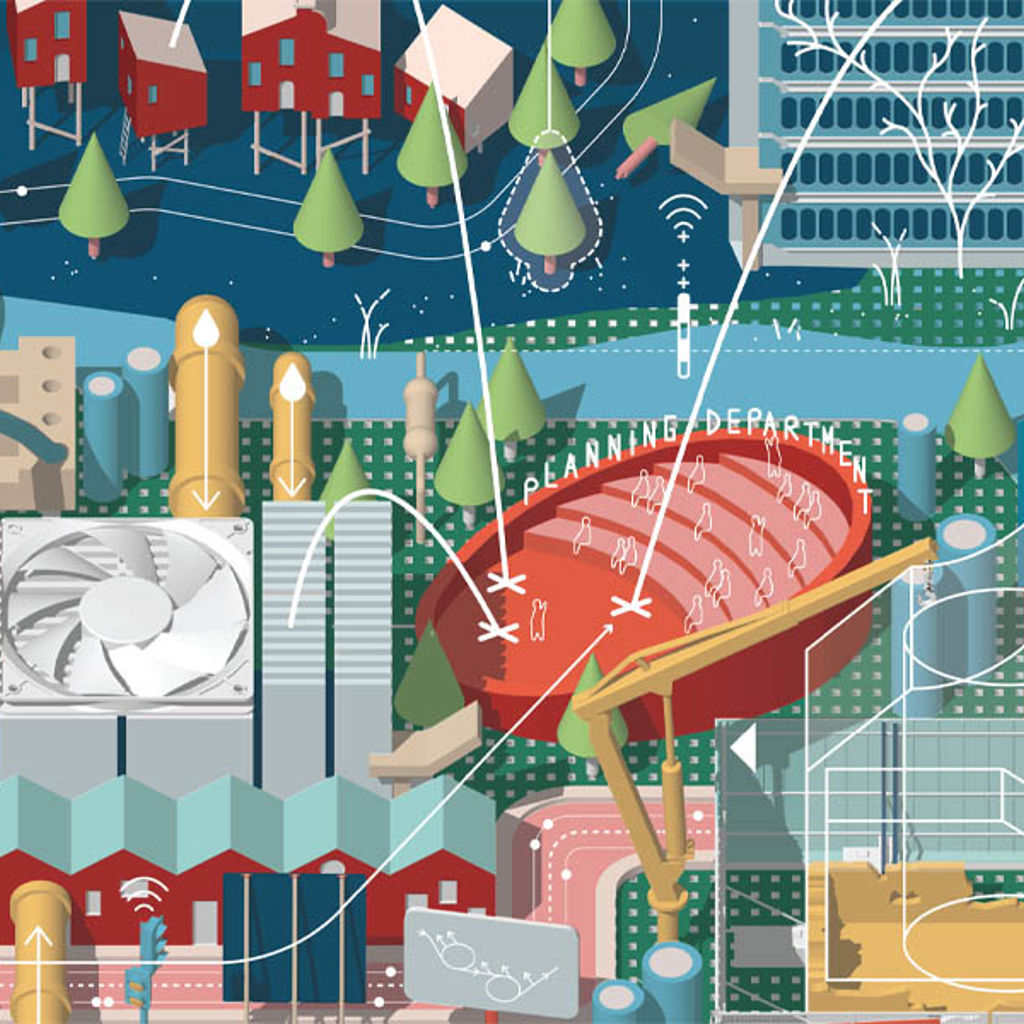By now it is widely recognised that the pace of progress in addressing climate change has been too slow. Despite increasing pledges and targets, many factors continue to impede real impact on emissions following the otherwise high volume of net zero declarations by governments and businesses worldwide. Individual sectors of the economy – such as energy, manufacturing, buildings, transport, etc. – are the focus of national net zero pledges and plans. While there are significant interdependencies between these different sectors, they operate autonomously, with their own governance structures, industry bodies, and regulations.
Many of the key challenges required to decarbonise sectors and achieve net zero span different organisations within the same sector – sometimes referred to as ‘systemic’ issues. The crosscutting nature of these challenges implies that they often lack clear ownership and accountability for action across the sector.
What does complexity in sectors look like?
Transport is a sector that readily demonstrates this complexity. As one example, the San Francisco Bay Area’s transport system is often referred to as one of the most complex in the United States. San Francisco’s metropolitan region – the Bay Area – is home to approximately 30 transportation agencies, which together are responsible for operating buses, cable cars, trains and ferries. Each agency sets its own fares and service schedules, plans its system independently, has different funding sources, and has little real obligation to coordinate with other local transport agencies and deliver an integrated experience for the people regularly traversing the Bay Area’s nine counties and 101 local cities.
In some parts of the Bay Area, public transport provision is of high quality - reliable, affordable, and frequent. However, riders do face barriers, including unfamiliar maps and service schedules, multiple fares, schedules that are not coordinated for transferring, and long walks between connections. The highly variable user experience that stems from unintegrated services means many people who have access to a car opt to drive instead, resulting in higher transport emissions and traffic congestion for the region. Planning, funding, construction, and maintenance related to road infrastructure is again managed separately by local transportation departments in cities, counties, and by California’s Department of Transportation (Caltrans).
Many leaders across the agencies themselves, understand that the unintegrated nature of the region’s transport system presents a fundamental and significant barrier to the strategic interagency alignment urgently required to progress actions which reduce the Bay Area’s transport greenhouse gas emissions.










